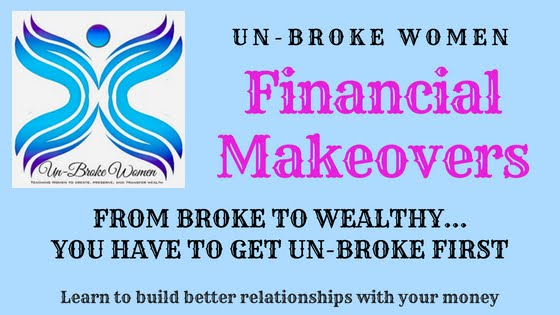This is the last post in the Financial Serenity Month. We have been talking about retirement planning. Before we conclude this month's theme, I would like to underline the fact that financial serenity does not have to happen at the "traditional retirement age" - it is exclusively about the ability to live according to one's wishes and standards without having to work; that is, you don't have to work in order to generate the income you need. Retirement planning is discussed in this context because that means you only work if you choose to, and not because you have to.
And if I
have convinced you to start setting money aside, you may now start worrying
where that money is going to go. The main objective is for the money you set
aside to come back to you with friends – the more, the better. And in order for
that to happen, you cannot leave it parked in a savings account. Nothing
against banks, they are just not a great vehicle for increasing your net worth
through savings; not with an interest rate pretty close to 0%.
The type of
investment and the company, as well as the status (qualified funds versus
non-qualified funds), will depend on your needs, risk tolerance and when you
need to have access to the money. All investments should be personalized for
you. Therefore, either you are an expert, become an expert, or hire an expert
to help you.
The one sure
way to figure out which investment will bring you the most money is using the
Rule of 72. This will show you how many years it will take for your investment
to double. No matter the amount you invest, don’t you want to know how long it
would take for your money to double? To find this out, you would take the
interest rate you receive and divide it into 72. This number signifies the
number of years it would take you before your money doubles without your adding
anything extra. For a 1% interest it takes 72 years to double the money you
deposit – let’s not even look at under 1% (which is what you get from your
regular savings account at the bank). For an 8% interest rate – the average
growth of the market – it would take your money 9 years to double. Would you
rather wait almost a lifetime, or would you like to double it in 9 years?
Now that you
understand why it is important to have a plan to exit your business into
retirement, you are ready to set a system in place. And the best thing to do is
to make saving for retirement a priority. If you ever heard any financial
experts talk about saving money, you are probably familiar with the phrase “pay
yourself first”. There is no better recipe for retirement. Whether you can
direct 10% of your income towards retirement, or you need to start with a
smaller amount, it is always best to start. As you get into the habit of
saving, you will find it easier and more rewarding. If you struggle in the
beginning and are afraid you might run out of money for current expenses, don’t
worry: you are not alone.
You will
find creative ways to take care of current needs as soon as you have the system
in place to redirect the money from current expenses to future serenity. Since
not everyone has the discipline to set money aside for retirement on a regular
basis, the best thing to do is to automate it – a set date, maybe a set amount.
You can always change and adjust, you only need a starting point. And remember,
you can always count on help from a financial professional if you lack the
knowledge, the will or the discipline to follow through.
